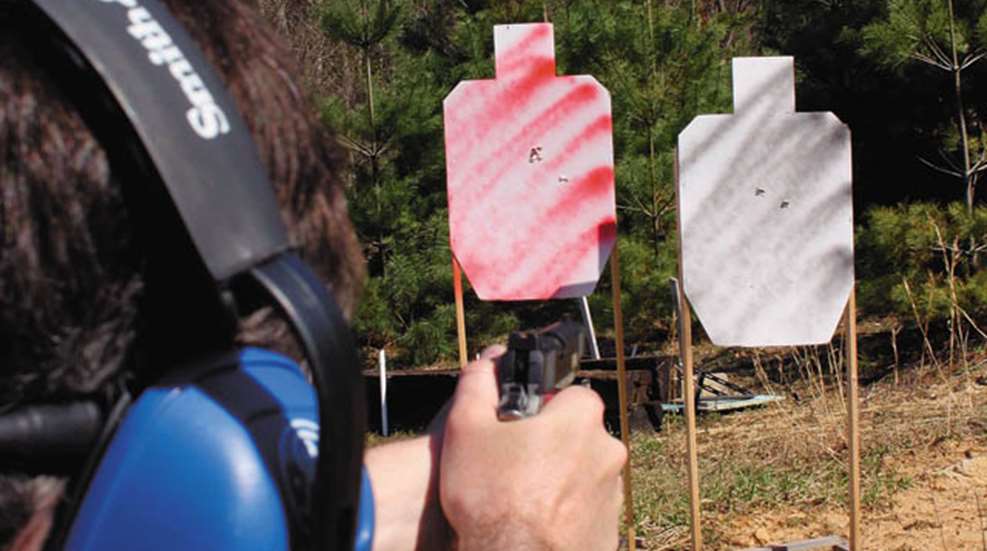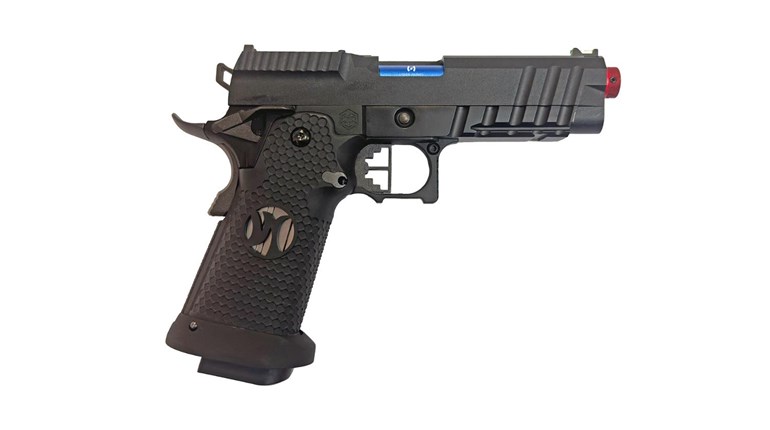
I almost hesitate bringing it up for fear of feeling like I told the preacher's daughter her slip was showing. Scanning—looking to the left and right after you engage a target—has become the en vogue thing to do on the range. At first blush, it makes perfect sense. In a real defensive situation you'd best be looking around before you holster. When it gets bad, it generally gets bad all over.
When a line of shooters engages targets and then scans, it looks like a finely choreographed dance routine. Problem is, when scanning on the range shooters are rarely looking for something that might actually be there. They just move their heads from left to right, acting like they're looking for something they know is not there. It's like looking at your mother-in-law when she's talking. You're looking, but you ain't seeing nothin'.
We fight the way we train. The worst thing we can train to do is to turn our head this way and that and not actually look! Are we building a conditioned response prudent in theory, but reckless in reality? We need to scan during tactical training, but when we do, we need to see things that drive different reactions. After all, that's what makes it real. We also need to scan from cheek to cheek, and I'm not talking about the ones on your face.
A realistic way to address scanning is to use colored and/or numbered targets positioned to the left and right. Alternatively, the Action Target AT Hostage steel target, with a swinging head that can be painted a different color on each side, works, too. A shooting partner calls out a color or number, before, during or after you engage the primary threat. Following primary-target neutralization, you scan for that color/number and react as needed, if and when you see it.
Training like this is difficult to facilitate with multiple shooters on the line. Tactical training is best conducted individually or, at most, in teams. Schools and instructors put multiple shooters on line so they can maximize training efficiency. Marksmanship training is one thing, tactical training is—no pun intended—a target of another color.
Conditioning yourself to scan after target engagement is a good thing. Conditioning yourself to not see anything is asinine and worth no more than a wave in the dark. We should scan to look for things, not for fear the range officer will be on us faster than we can double-tap a terrorist if we don't. You wouldn't enroll in a cyber-dating service without images to look at. Repetitive scanning, with nothing to scan for, will lead to a similar, unsettling late-night surprise.
There. I feel much better now.






































